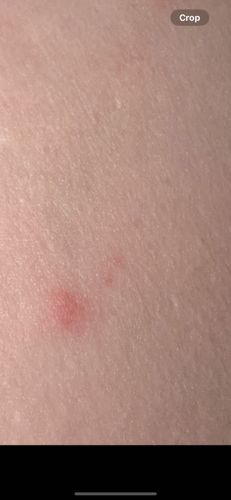Bed Bug
Scientific Name: Cimex lectularius (common bed bug), though other Cimex species exist.
Order & Family: Order Hemiptera, Family Cimicidae
Size: Adult bed bugs are typically 4-5 mm (0.16-0.20 inches) long, similar to an apple seed. Nymphs are smaller and translucent.

Natural Habitat
Bed bugs are found worldwide and are typically associated with human dwellings, especially bedrooms. They hide in mattresses, box springs, bed frames, headboards, cracks in walls, furniture, and even electrical outlets.
Diet & Feeding
Bed bugs are obligate hematophagous insects, meaning their sole diet consists of blood from warm-blooded animals, primarily humans.
Behavior Patterns
Bed bugs are primarily nocturnal, feeding on humans (or other warm-blooded animals) while they sleep. They are attracted to body heat and carbon dioxide. They often bite in lines or clusters (sometimes called 'breakfast, lunch, and dinner' patterns). They are very good at hiding in cracks and crevices during the day.
Risks & Benefits
Potential risks include itchy red welts (the bites themselves), allergic reactions to the bites, secondary skin infections from scratching, and significant psychological distress from infestations (anxiety, insomnia). They are not known to transmit diseases to humans. There are no direct benefits to humans, but they are a food source for some larger insects.
Identified on: 9/4/2025